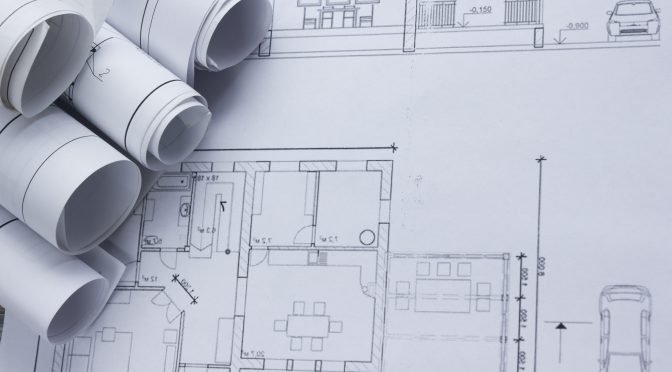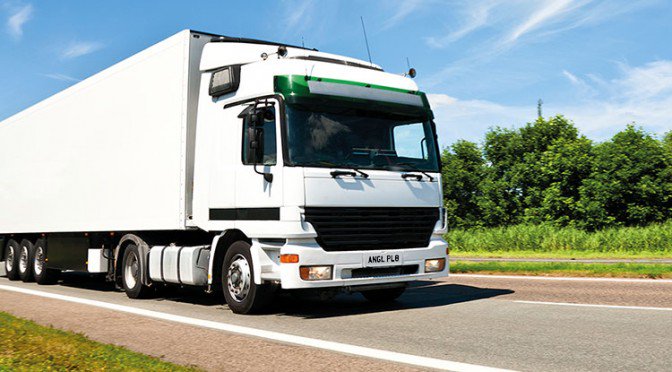Working on or near the roadside presents a constant danger, with high-speed traffic only a few metres away. Other drivers on the road represent a substantial risk to breakdown and recovery agents, mobile mechanics and other motor traders.
Although protecting people from traffic risks on public roads is mostly a matter for road traffic law, motor traders are responsible for safeguarding their employees and others put at risk by work activities. This means devising reliable systems of work that ensure the safety of workers and vehicle occupants, and certifying that all vehicles, attachments and tools are compliant with applicable health and safety legislation.
You cannot eliminate the risk posed to your employees by other drivers, but you can significantly reduce it by following these four precautions for working roadside:
• Assess all risks, especially from other drivers, and prepare safe systems for working at the roadside.
• Provide and maintain vehicles and equipment that meet current health and safety standards.
• Use appropriate personal protective equipment.
• Train employees to work safely at the roadside and to correctly advise the occupants of casualty vehicles on the proper precautions.
Stress safe practices when arriving at the roadside, such as using the ‘FEND’ position. The FEND position involves your employees parking the recovery vehicle facing forward at least 18 metres behind the casualty vehicle, parking parallel to the carriageway, parking closer to the flow of traffic than the casualty vehicle and turning the recovery vehicle’s front wheels away from traffic flow.
You can also contact your business’ trade association to investigate training options for your employees. Examples of trade associations include the Association of Vehicle Recovery Operators, the Institute of Vehicle Recovery and the Road Rescue Recovery Association.








